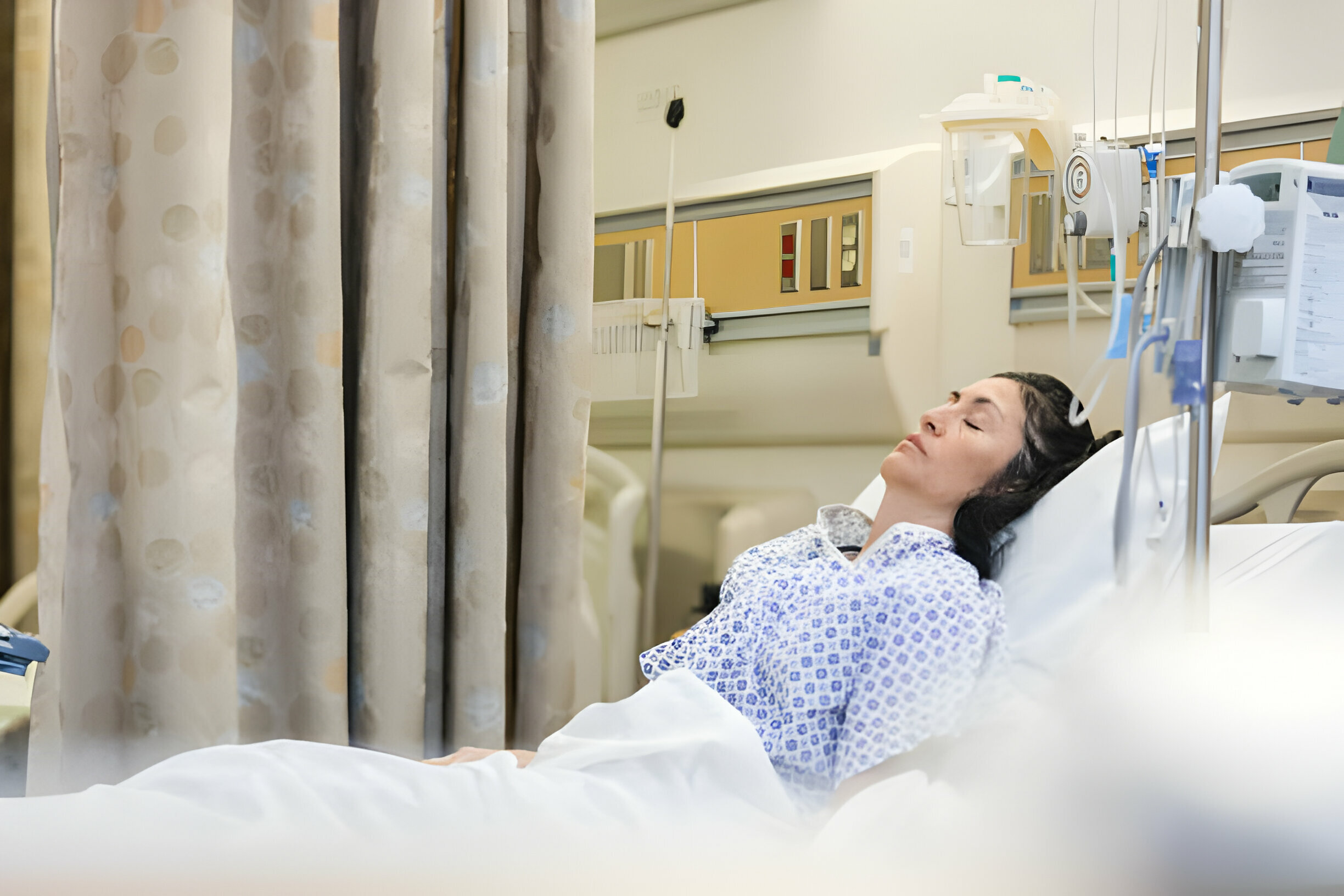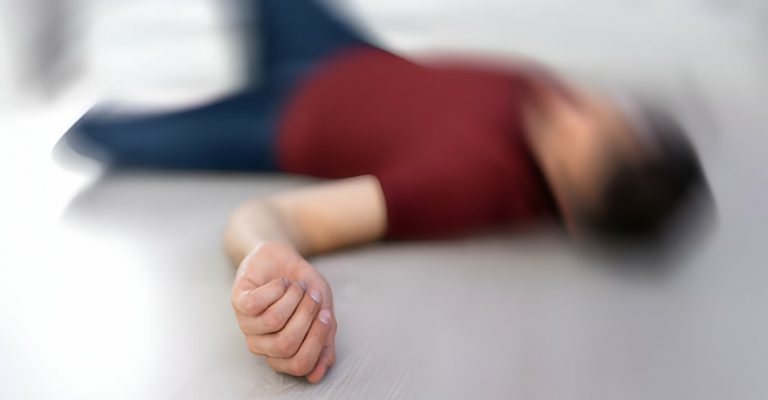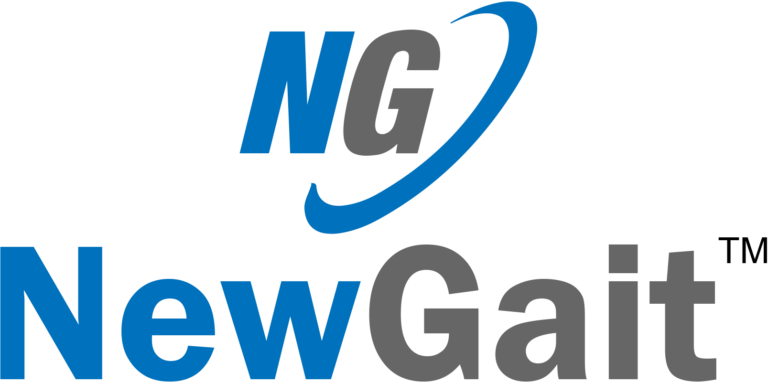A stroke can be life-changing, which would bring about quite a number of challenges. One of the challenges in this case is a coma after a stroke. The idea of being in a coma after a stroke may bring with it quite an overwhelming feeling, and with it comes uncertainty for both the victim and the attending family member.
It would be natural that so many people would want to know a recovery period for a coma in the wake of a stroke. In this blog post, we take you through your journey to recovery and share some realities that are critical in understanding the world where you are present.
What is Coma?
Imagine you are in such a deep sleep that you can barely respond to things happening around you. You lay still in bed, unaware of what is happening around you. This is the condition that occurs in the human body during a coma due to a stroke, whereby one is unconscious. But while they seem to be sleeping, the activities in their brain are minimal, and there is absolutely nothing that goes on around them that they can intentionally respond to.
It’s a devastating reality, especially for severe cases. In such a case, the individual will not respond to stimuli outside him, which means pain, touch, sound, and light. He gives no sign of being awake or conscious. Also, he cannot commence any voluntary activity, even flex an arm or just blink an eye.
The period of coma cannot last more than four weeks. However, some research shows that certain coma survivors are aware and can sense what is happening around them. They remain aware but do not feel it when touched or talked with, as in the case of holding voluntary movements.
A person in the post-coma unresponsiveness transition gets back his sleep-wake cycle after becoming conscious following a coma. Suppose a person begins to display signs of improvement.
In that case, a patient can move into the minimally responsive state and only very rarely manage to produce slight reactions to their environment. This could be whispering a few words or slowly blinking on command.

Diagnosing Coma
The Glasgow Coma Scale is the tool most medical practitioners apply when measuring a patient’s level of consciousness. This diagnostic tool extensively mentions three key areas used to measure a patient’s level of responsiveness- eye response, verbal response, and motor response. These three items help establish the extent of a neurological deficit and show how severe the condition is.
Using the Glasgow Coma Scale, medical staff are better placed to follow up on how the patient improves over time. The scale provides a broad and objective framework to weigh the apparent but significant improvements – fine-grained details important for the medical practitioner and loved ones.
The Glasgow coma scale becomes an instrumental tool even in cases where minimal noticeable improvement occurs, as it helps ensure the best possible outcome and optimal patient recovery.
Risk Factors Associating with Suffering from Post-Stroke Coma
The difficult journey for those affected, so the medical risk factors that contribute to post-stroke coma are important in understanding.
Stroke size and location- A stroke’s size and location may be a major predictor of whether or not a post-stroke coma will ensue. For instance, it is more likely that a large stroke that affects the brain stem will lead to a coma than a small stroke that only affects a small part of the brain.
Age of patient- Older patients are liable to suffer coma associated with post-stroke due to their brain vulnerability.
Existing medical conditions- Patients with existing medical conditions, whether it is heart disease, hypertension, or high cholesterol- the stroke will be more likely to send them into comas.
Delay in medical care- A delay in medical care can also increase the risk of a coma after a stroke because if there is more time to relapse, then this implies that the stroke would have damaged more areas within the brain.
High blood sugar levels can worsen the effects of a stroke and heighten the risk of a post-stroking coma.
Cerebral hemorrhage- One of the leading causes of a post-stroke coma is likely bleeding in the brain, as it may cause an increase in intracranial pressure and resultant cerebral dysfunction.
Infections- Complications of infections such as pneumonia and urinary tract infections may cause a post-stroke coma.
Drug interactions- Some medications may react with the other in ways that could lead to coma. Therefore, patients must inform the doctor of any medication they take to help minimize such a risk factor.
Risk Factors Associating with Suffering from Post-Stroke Coma
The difficult journey for those affected, so the medical risk factors that contribute to post-stroke coma are important in understanding.
Stroke size and location- A stroke’s size and location may be a major predictor of whether or not a post-stroke coma will ensue. For instance, it is more likely that a large stroke that affects the brain stem will lead to a coma than a small stroke that only affects a small part of the brain.
Age of patient- Older patients are liable to suffer coma associated with post-stroke due to their brain vulnerability.
Existing medical conditions- Patients with existing medical conditions, whether it is heart disease, hypertension, or high cholesterol- the stroke will be more likely to send them into comas.
Delay in medical care- A delay in medical care can also increase the risk of a coma after a stroke because if there is more time to relapse, then this implies that the stroke would have damaged more areas within the brain.
High blood sugar levels can worsen the effects of a stroke and heighten the risk of a post-stroking coma.
Cerebral hemorrhage- One of the leading causes of a post-stroke coma is likely bleeding in the brain, as it may cause an increase in intracranial pressure and resultant cerebral dysfunction.
Infections- Complications of infections such as pneumonia and urinary tract infections may cause a post-stroke coma.
Drug interactions- Some medications may react with the other in ways that could lead to coma. Therefore, patients must inform the doctor of any medication they take to help minimize such a risk factor.

Duration Of Recovery Time Period Of Coma After Stroke
The amount of time to recover varies greatly due to factors such as how severe the stroke was, where in the brain it had occurred, and if the person was otherwise healthy overall.
First Few Stages of Recovery
Statistics portray that around 10% of stroke survivors cascade into a coma as there is intensive medical intervention during early onset. This period enables to stabilize the condition of the patient, preventing cascading complications along with further damage. The first three to six months are a turning point of acute care and intensive rehabilitation, known as recovery. At this time, the most awaited changes in the diverse parts of the body will occur.
During the first year after a stroke, about 75% of sufferers continue to recover, so vigorous physical, occupational, and speech therapy becomes the lifeblood of rehabilitation. More than 50-75% of survivors will eventually be able to walk independently within six months of the event.
Continuing Recovery and Life at Home
Although there is a significant recovery within the first few months, it most certainly doesn’t stop here. After the first year, recovery persists as a long-term process, and further rehabilitation is a part of this.
Estimations reveal that about 50% of stroke survivors experience a recovery process from its effect beyond the first anniversary. This points towards continued rehabilitation efforts and a possibility of recovery even after fewer stages.
Challenges and Setbacks
This recovery is not an easy, unchallenging process. Rather consistently, the process of neurological recovery seems to be a relatively non-linear state, consisting of periods with some recovery spiked between the plateaus.
Almost 30% of victims of strokes reveal significant cognitive dysfunction, so the directed means of rehabilitation are required, as proved by the research. Emotional and psychological challenges, like depression and anxiety, also shape the trajectory of recovery.
Role of Caregiver and Support
Social support, whereby family and friends assist in different capacities, is essential for the stroke survivors’ well-being. Caregivers are paramount contributors to emotional support, facilitation of rehabilitation activities, and helping in handling various challenges that may be experienced in the process of recovery.
Advanced Therapies and Innovations
New therapies have been developed through medical science that can help improve recovery prospects. Neurostimulation techniques, including transcranial magnetic stimulation, have sometimes proved productive. Even robotics-assisted therapies and virtual reality interventions are becoming popular, with consolidated potential to work as new horizons for rehabilitation.
Reintegration into Daily Life
Reintegration back into daily living, alongside other physical aspects of recovery, becomes a turning point. Alongside vocational rehabilitation and community re-engagement, a large number of stroke survivors can attain some extent of independence, whereby they can take part in social and work-related activities without needing constant surveillance because of accurate support and interventions.
What are the Symptoms of Coming Out of a Coma?
The neurologists look out for in post-coma patients is the preservation of neurological reflexes. One of the most common is pupillary reactivity, which refers to the pupil’s ability to shrink in response to light.
Another is the oculocephalic response, wherein the eyes turn towards the opposite direction when the head is turned. Lastly, the gag reflex can also be elicited by placing cotton at the back of the patient’s throat or an endotracheal tube if the intubation process is done.
If the above reflexes are present, they are a good indication of full recovery. However, failing to showcase the epitome of the above absence reflexes does not totally eliminate the possibility of full recovery.
Conclusion
Rehabilitation and physical therapy fundamentally help a person recover, followed by occupational therapy and speech therapy. The conditions may last several weeks, months, or years before the recoveries occur.
Although the path might not be smooth, most of these functions can be restored with appropriately delivered care and support, and stroke survivors can make the best out of their lives again. However, it is important to remember that every patient’s recovery timeline is unique, and it is impossible to predict exactly how long recovery will take.


